Q&A with Katie Rogers: The Making of "The (Almost) Lost Story of Tuxedo Junction"
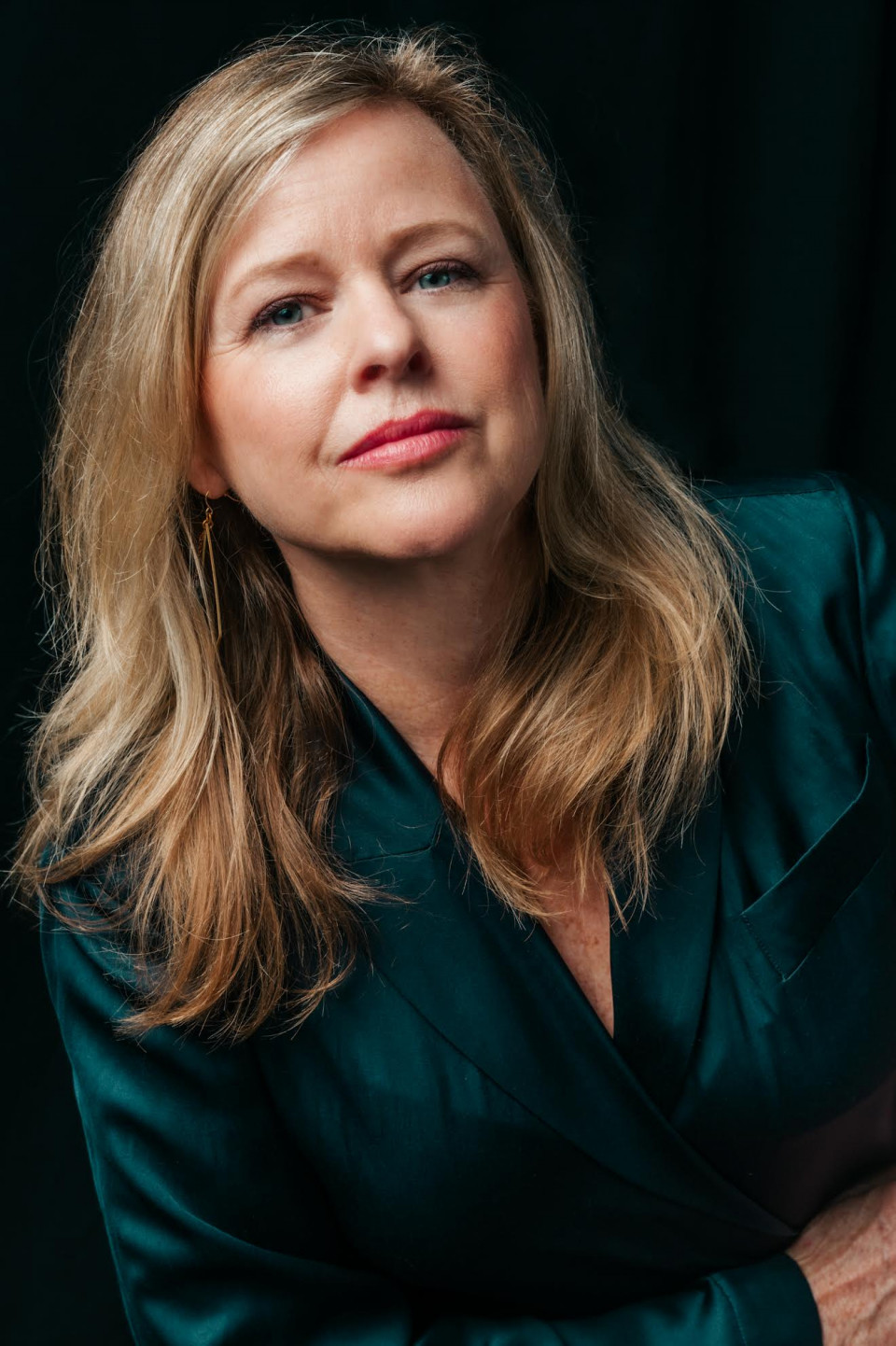
Since graduating, NYFA Filmmaking Alum Katie Rogers has built an impressive portfolio that includes three short films, a TV pilot and pitch bible, and two documentaries.
Her most recent feature, The (Almost) Lost Story of Tuxedo Junction, won the Audience Award at the Sidewalk Film Festival, was nominated at the LA Independent Women Film Awards, and secured a spot at the San Francisco Black Film Festival. The film explores the rich, nearly forgotten history of a vibrant Black neighborhood in Birmingham that produced more than 150 jazz musicians—a story Katie, deeply rooted in her home state of Alabama, uncovered through dedicated research and heartfelt community engagement.
In this Q&A, Katie talks about her career and the making of the documentary.
NYFA Alumni Network: Can you tell us a bit about yourself, where you're from, and what brought you to New York Film Academy?
Katie Rogers: I'm from Alabama originally, but I attended the NYFA when living in Los Angeles. I wanted to go to the NYFA because I had been studying film and screenwriting over the years here and there, but I wanted a reputable intensive program to take my studies deeper.
NYFA Alumni Network: What projects have you worked on since graduating? Have you won any awards or been showcased in any festivals or competitions?
Katie Rogers: Many! I finished and screened my first documentary, CarLess in LA; wrote/directed three short films; wrote a pilot and pitch bible for a TV show (to pitch this summer); and last year, I completed a feature documentary titled The (Almost) Lost Story of Tuxedo Junction which won Audience Award at the Sidewalk Film Festival. It was also nominated for the LA Independent Women Film Awards, and it will be showing at the San Francisco Black Film Festival in June and touring small towns in Alabama in July and August.
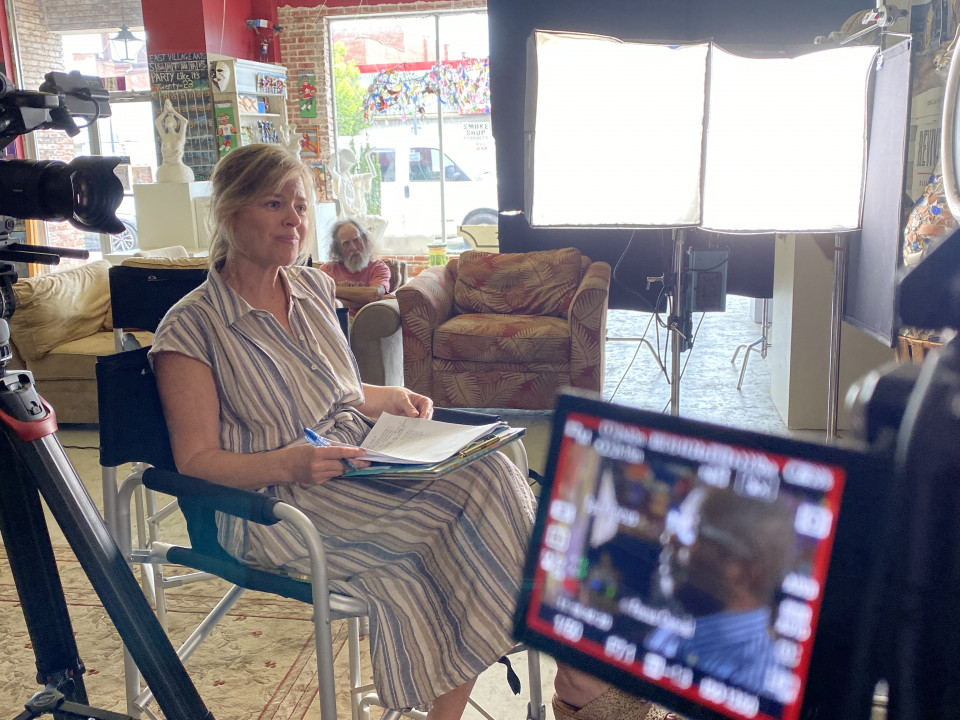
NYFA Alumni Network: Tell us more about your Tuxedo Junction. How did the project come about?
Katie Rogers: A long-time Birmingham resident was interested in developing a project on the history of music in Birmingham and wanted me to produce and direct. I stumbled upon a forgotten neighborhood called Tuxedo Junction (called that because of a trolley that intersected there) that was a hopping place in the 1920s and 30s where over 150 jazz musicians came out of. I couldn't believe it, and the more I researched, the more interesting the story became. I followed my muse (the music?) and went down the rabbit hole, and this documentary is the happy result!
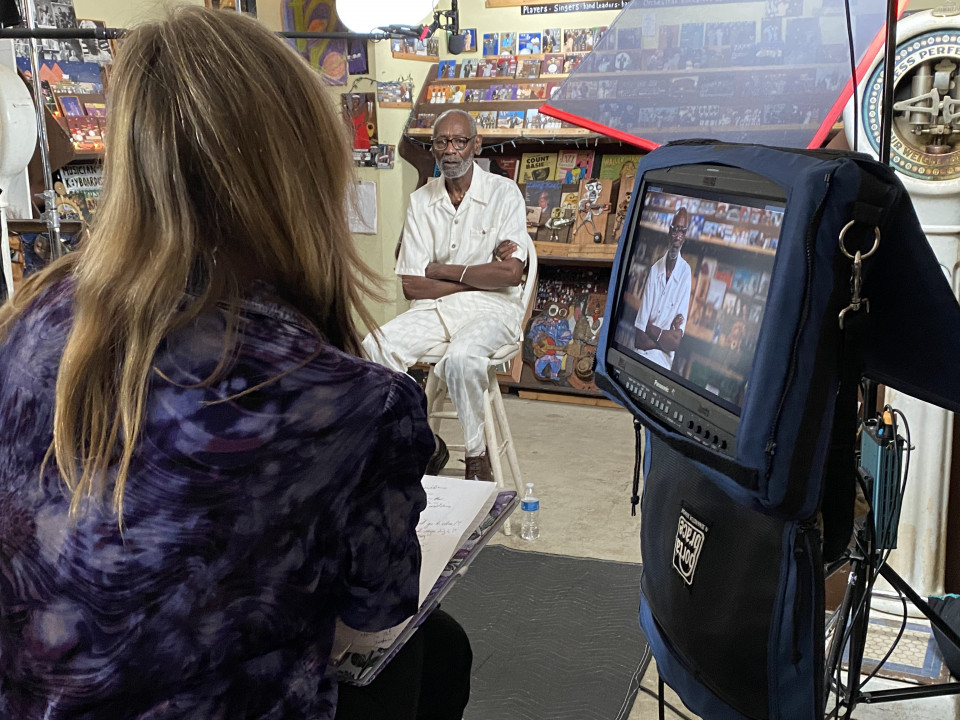
NYFA Alumni Network: What did you learn at NYFA that you applied directly to this project and others?
Katie Rogers: Confidence. That filmmaking is fun. Collaboration is everything. NYFA's teachings also got me over the hump when using editing software and getting familiar some of the camera technology, and while I love to hire out those jobs, I'm glad I have that training!

NYFA Alumni Network: Were there any challenges making the film?
Katie Rogers: Well, it was supposed to be a 7-minute film, but because the story kept going deeper and getting more interesting, it became a feature film, which meant I had to keep stretching the budget and returning to investors. I also had one editor on board, who is wonderful and talented, but he didn't have the time to commit to a feature, so I had to switch editors mid-project. It all worked out wonderfully in the end, but it caused some sleepless nights!
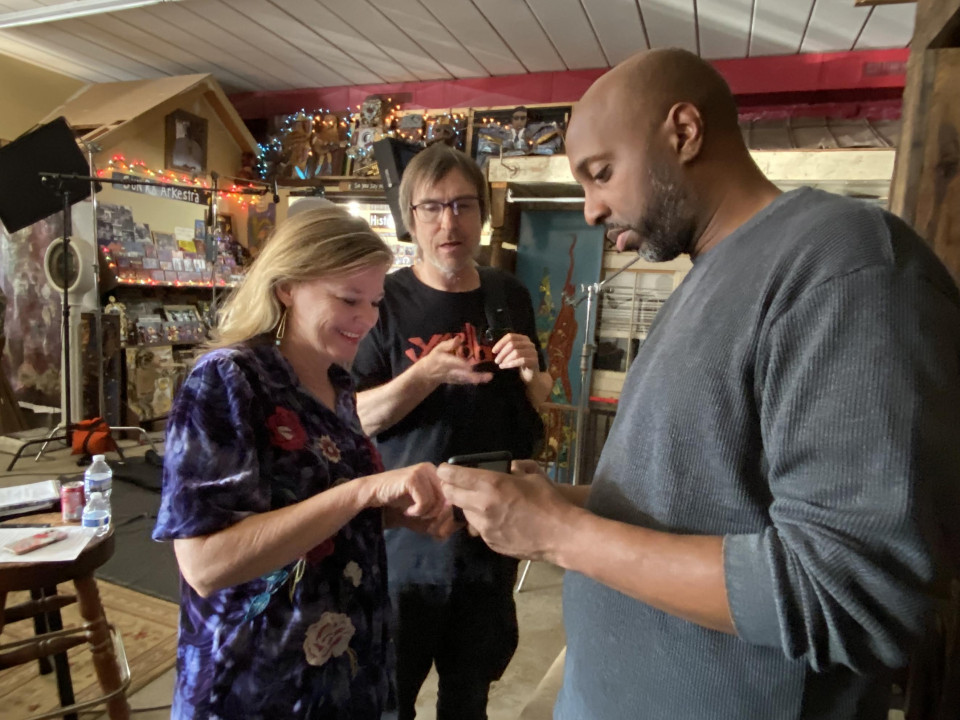 NYFA Alumni Network: What was the most memorable moment during the production of the documentary?
NYFA Alumni Network: What was the most memorable moment during the production of the documentary?
Katie Rogers: Too many to count, but I absolutely love conducting interviews and hearing people's stories. Everyone was so gracious in their sharing of their knowledge, expertise, and experience related to this special time and place in history. I made many good friends out of this project, and my life is so much better for it. I got to become part of something bigger and be part of a community I otherwise would not have.
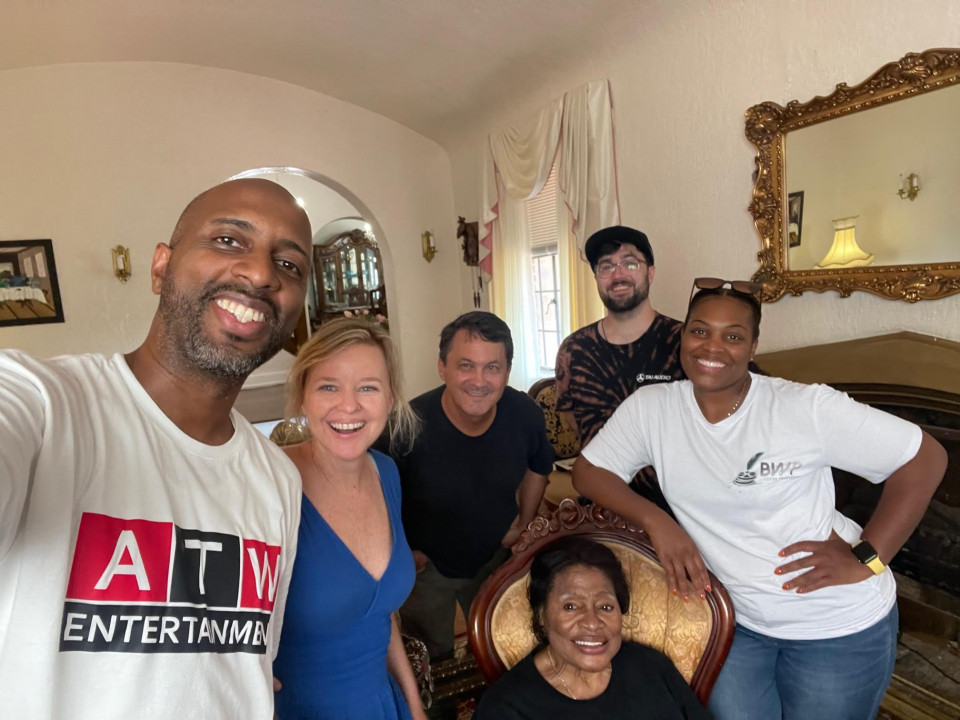
NYFA Alumni Network: What do you hope audiences take away from the documentary?
Katie Rogers: I hope that people will understand the importance of celebrating Black culture and Black history. To do that, we must first uncover the almost-lost stories to preserve them and second, we must honor those stories by sharing them. I want this film to uplift people as it's a testament to the human spirit because, although Black people had very few rights at the time, especially in the deep South, those communities found a way to keep their joy alive with dance and song and music -- and not just any music, but complex, beautiful, inspiring music that brought joy to the entire world.
NYFA Alumni Network congratulates Katie on all her success!
About the Film:
The (Almost) Lost Story of Tuxedo Junction
Synopsis
In the 1920s and 30s in thriving, industrial Ensley, Alabama, there was a spot named Tuxedo Junction, where two trolley lines ended. It was there that the Black community gathered, coming in from all over the region, dressed to the nines in gowns and tuxedos, to dance, eat, shop, and listen to the all-black jazz band there, that included local legend, Erskine Hawkins. He would make his claim to fame for a song he wrote to fill space between sets, also named “Tuxedo Junction,” that would become the most well-known jazz tune of the time, due to the famous Glenn Miller Band covering it.
The caliber of the musicians can be traced to one man, John T. "Fess" Whatley, the printing teacher at the only Black high school in Alabama (est.1904) who took it upon himself to also teach music as a trade, turning out musicians who went on to play in orchestras led by Louis Armstrong, Count Basie, and Duke Ellington, and others. Later, in the 1950s in Ensley, two local kids ended up taking their talents to Detroit and becoming the founding members of the Temptations, which led the entire Motown movement.
Today the region is in despair, the building that hosted the nighttime parties in shambles, and the once-standing heritage sign marking the site, stolen. Furthermore, most locals are not aware of this rich history just outside the Birmingham limits and the impact the Black artist community had on the history of music in America. Tuxedo Junction and Ensley is a special part of Birmingham’s and America’s music history and Black history, and it deserves to be not only told, but celebrated and cherished.

Comments0
Please log in to see or add a comment
Suggested Articles

